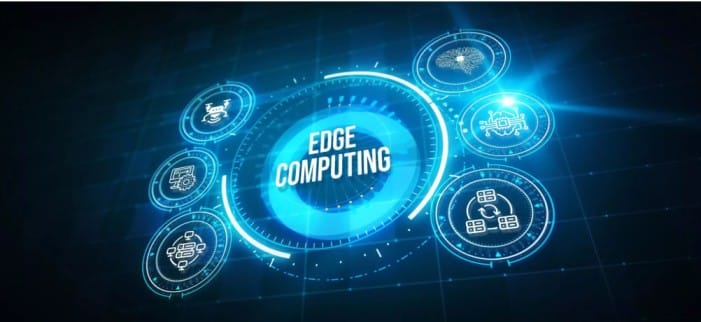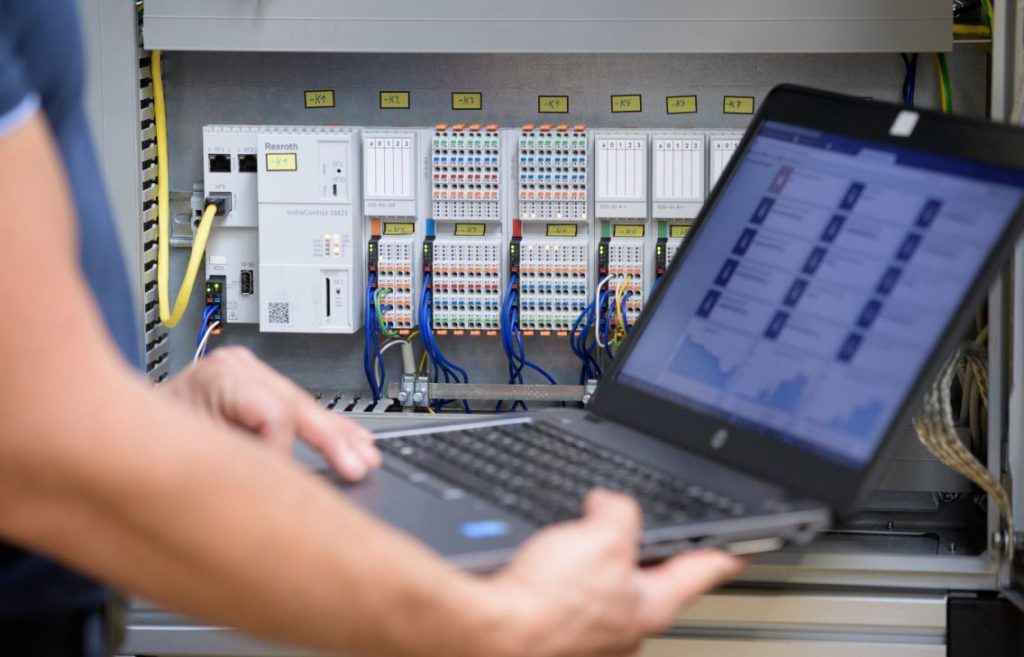The cloud once ruled IoT. Every sensor reading, every device ping, every byte of raw data—it all traveled upward, through networks to faraway servers, only to return with insight minutes or seconds later. That lag? That delay? It didn’t matter much when smart fridges and wearable step counters were the showpieces of connectivity. But as industries embraced IoT for factory optimization, vehicle telemetry, and predictive automation, latency became unacceptable. Enter edge computing: a reshuffling of the data hierarchy, where decisions are made close to the source, and the cloud gets demoted.
Why local data processing matters
There’s no room for delay when a robot arm is out of alignment or a delivery drone miscalculates a wind gust. Edge computing moves compute power from centralized servers to the smart devices themselves or tiny gateways nearby. This shift allows for ultra‑low latency, ensuring time-sensitive actions happen without the overhead of distant cloud calls.
When devices analyze their own data, response times drop from hundreds of milliseconds to just a handful. That speed enables applications like remote surgery, autonomous driving, and split-second manufacturing corrections. It’s not a bonus, it’s essential.
Real-time responsiveness in manufacturing
Edge computing is not a buzzword on factory floors; it’s a necessity. Machines that once waited for distant instructions now make micro-decisions instantly, guided by data they interpret themselves.
By deploying local inference models, companies reduce delays and improve throughput, as seen in AWS, edge inference cuts delays, enabling localized conversational AI in manufacturing support systems. That same architecture helps production lines reroute around faults or halt before small issues cascade. Predictive maintenance becomes practical when decisions aren’t outsourced to the cloud.
Strengthening IoT security frameworks
The more devices you connect, the more attack surfaces you create. Centralizing those connections only amplifies the risk. Edge computing offers an alternative by keeping data closer to its origin, which limits exposure.
Instead of funneling every packet through public networks, edge systems rely on distributed data management, an architecture that fragments risk and limits large-scale breaches. Device-level authentication and encryption become the norm. Even better: Local data residency can help comply with regional privacy regulations without creating parallel cloud instances. Security, once reactive, becomes proactive by design.
Industrial IoT gains operational efficiency
Smart devices are only as smart as their reaction time. By shifting computation to the edge, IoT systems eliminate central bottlenecks and move decisively toward true automation. This local processing slashes latency and ensures devices can react instantly to changing conditions—no cloud round-trip required.
It also means that emerging issues can be detected and resolved early, preserving uptime and avoiding costly downtime. As outlined in these core advantages for IIoT efficiency, edge computing boosts reliability and cuts operational expense by reducing dependence on distant servers.
Networks built for distributed computing
The architecture of the internet is shifting. No longer a pyramid topped by cloud platforms, it’s morphing into a mesh, dense with nodes that compute and decide on the fly. These distributed systems require a new kind of connectivity, where speed is constant and locality matters.
Innovations in cloud‑to‑edge distributed networks now allow seamless transitions between central servers and edge endpoints, offering resilience without sacrificing performance. This setup supports everything from real-time video analytics to autonomous vehicles. It’s not about ditching the cloud, it’s about making it part of a broader, smarter system.
Panel PCs bring visibility to the edge
Not all edge computing needs to happen invisibly. In industrial settings, touchscreen-enabled panel PCs serve as both brains and dashboards, processing sensor input in real time while giving workers immediate feedback.
By managing data locally, these systems drastically reduce latency and enable split-second responses for automated quality control, equipment diagnostics, and predictive maintenance. The physical form matters, too: The applications of panel PC technology now include rugged builds with multi-touch interfaces and high-brightness screens that function even under harsh lighting. Durable, configurable, and connected, they’re workhorses of modern industry.
Conclusion
The center no longer holds. Edge computing isn’t a trend, it’s a rearrangement, flipping the script on where decisions get made and how fast they happen. In IoT’s early days, the cloud was the star. Today, it’s the edge that steals the scene: faster, safer, smarter. Whether you’re tuning machines on a factory floor or balancing loads across electric grids, the future belongs to devices that think for themselves. That’s not science fiction, it’s now.

